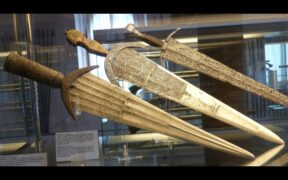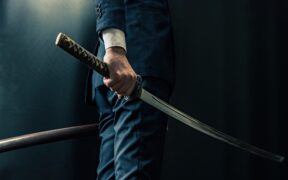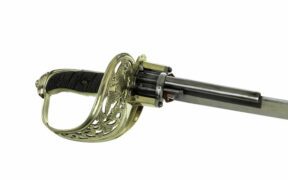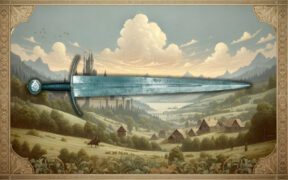4 Best Short Swords Designs: Historical to Modern Picks
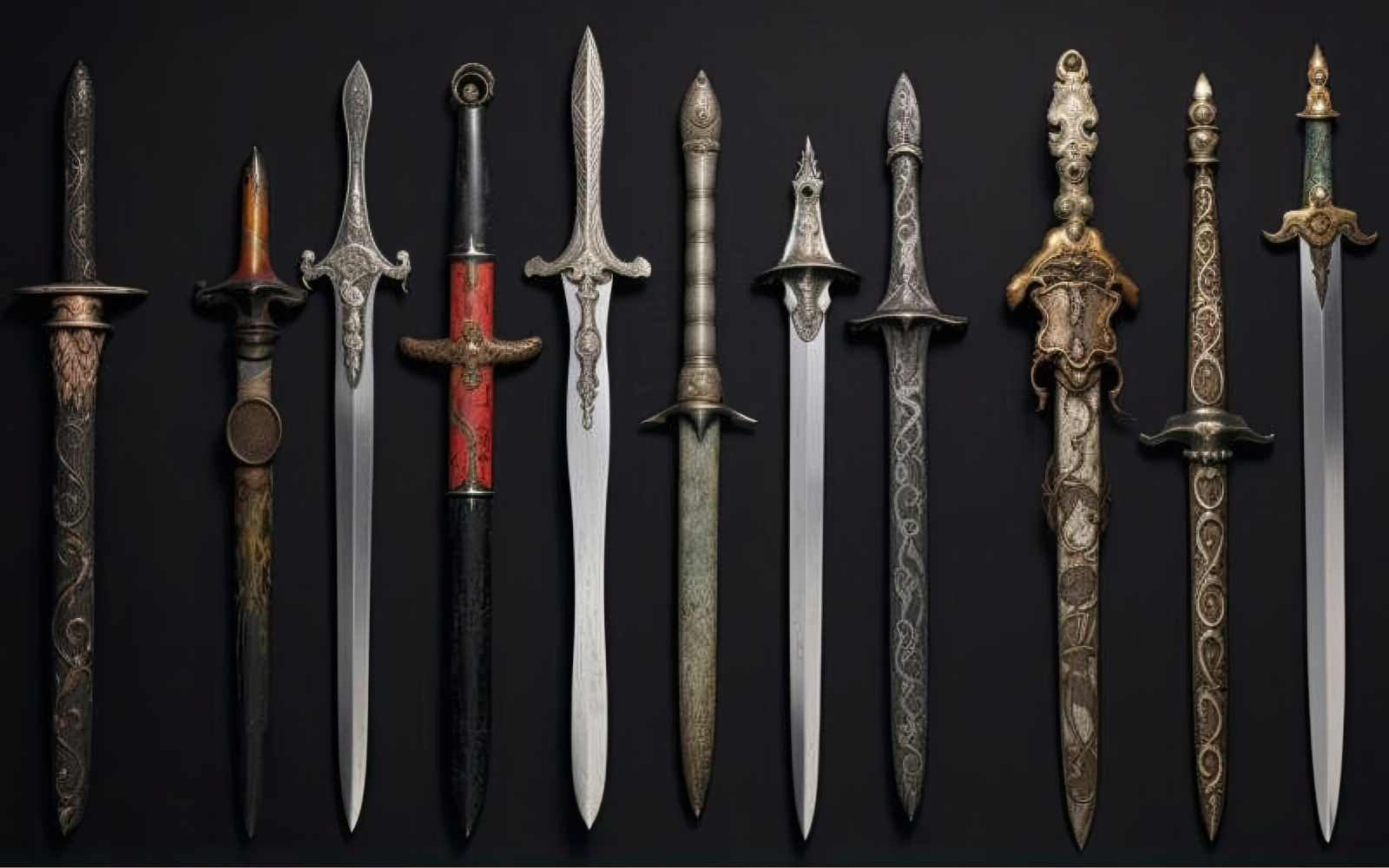
Choosing the best short sword designs can be a huge challenge as there are a multitude of different short swords from various cultures around the world. Incredibly diverse, there are many unique interpretations of this compact weapon.
This article explores the best short sword designs from ancient times to the modern era.
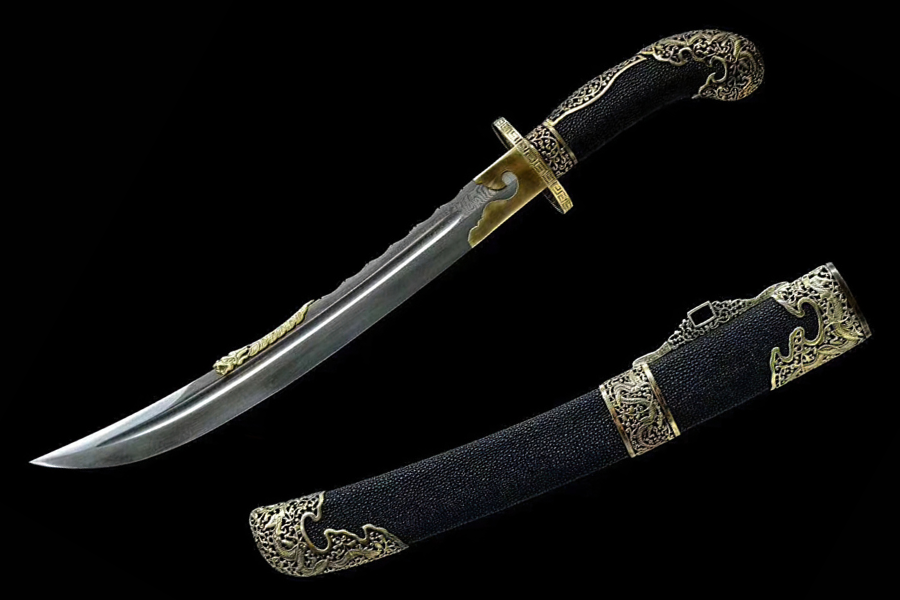
Definition of Short Swords
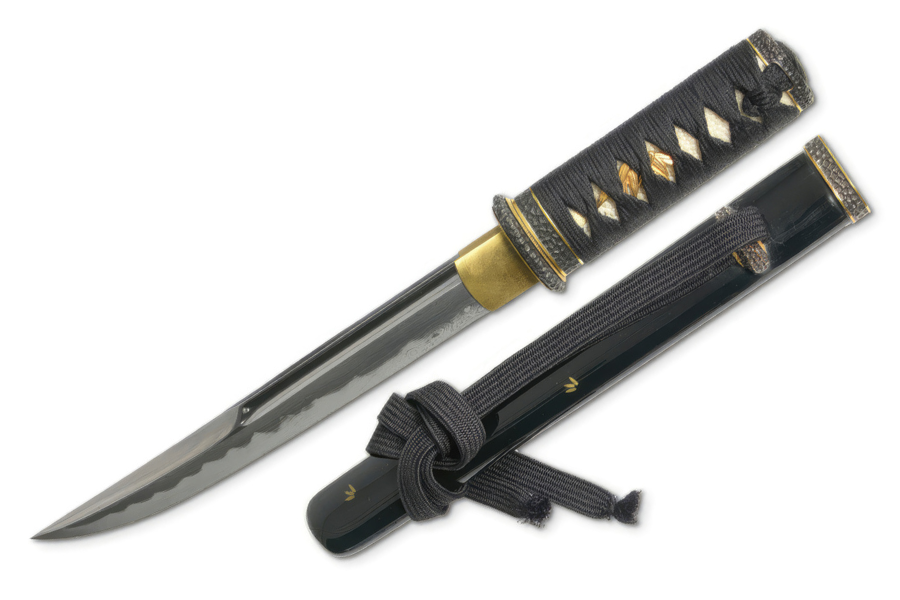
Short swords can have varying overall lengths as they can be one or two-handed swords. However, their blade length generally ranges from 11.8 to 23.6 inches (30 to 60 cm), with the exception of the arming sword.
While early short swords had short blades due to the limitations of bronze and iron, the general design continued to thrive despite the discovery of steel. This is believed to be due to its efficiency in close-quarters combat, resulting in them serving as backup or secondary weapons.
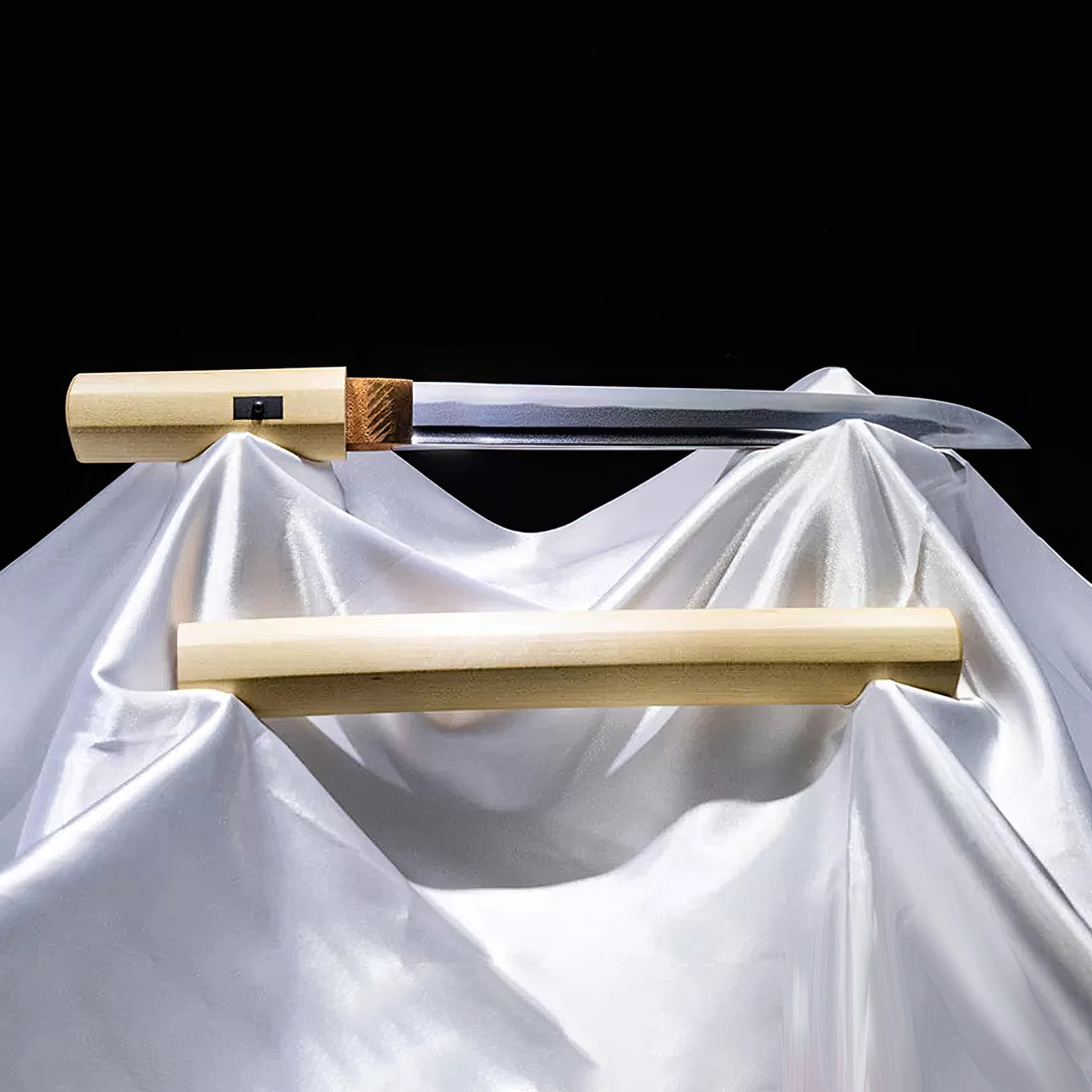
Choosing the Best Short Sword Designs
Selecting the top rated short sword designs is highly subjective and depends on the preference of the user. This category of swords have fascinated many including collectors, historians, reenactors, and more. Here are some of the factors that we considered when choosing the top choices of short swords for collectors:
*Note that our list is not exhaustive and represents our opinion based on research and history
Purpose
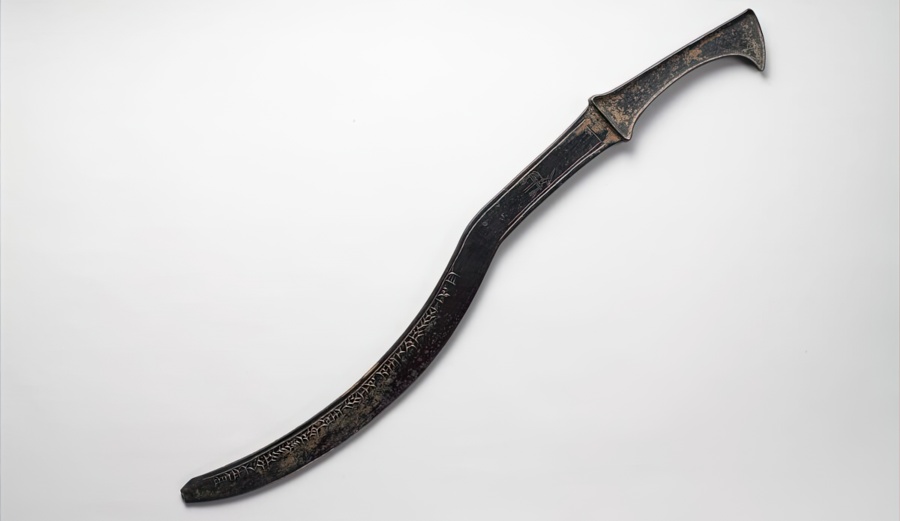
Each short sword is designed with specific purposes in mind. For example, sickle-shaped swords are designed to reach around to stab an enemy or as ceremonial weapons while those with pointed tips are made for finding gaps in body armor. Therefore, when choosing a sword, the wielder’s purpose for having the sword is crucial.
Blade Length
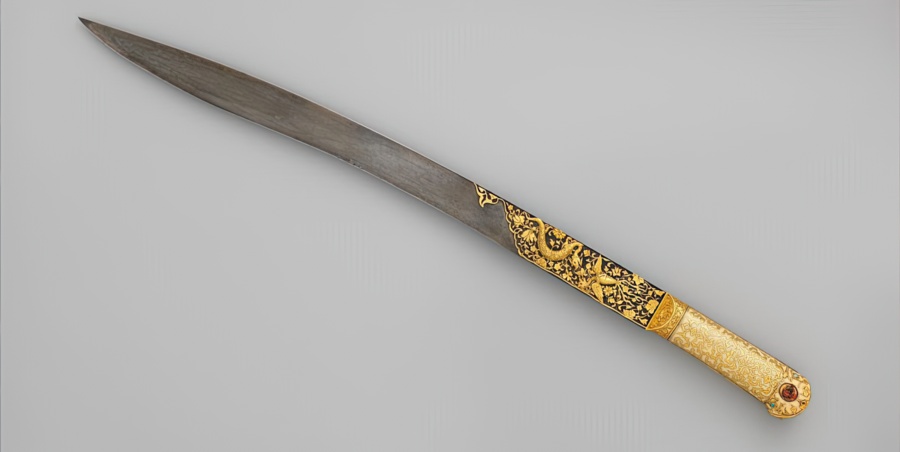
While most short swords have a similar blade length, there are still exceptions as seen in the longer arming sword or much shorter Spartan encheiridion. The longer the blade, the greater its wielder can reach. Additionally, one would have to consider the space available when wielding a sword as a short blade would require less room to wield it.
Blade Weight
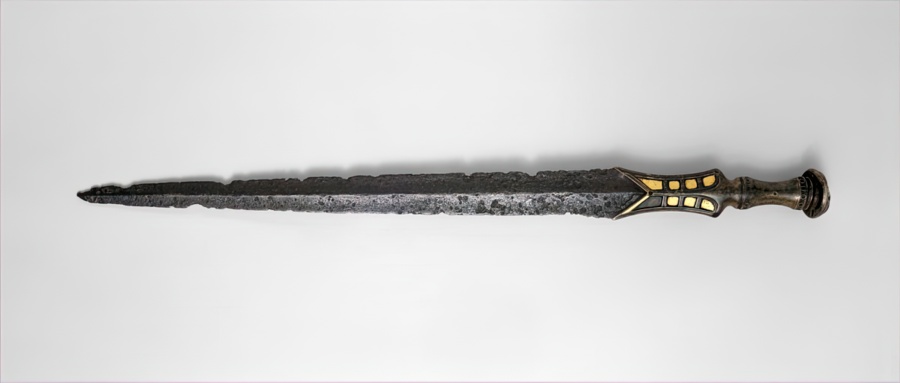
Naturally, a sword with a longer blade such as an arming sword would weigh more than a gladius. This means that it would be slower and have greater momentum, giving it more impact per attack and cuts deeper than a sword with a shorter blade.
Other Factors
The blend of functionality and design of short swords for close combat makes them highly coveted. For these reasons, some of the other factors that influenced our following list include the sword’s effectiveness, historical significance, cultural impact, durability, and more.
1. Japanese Wakizashi
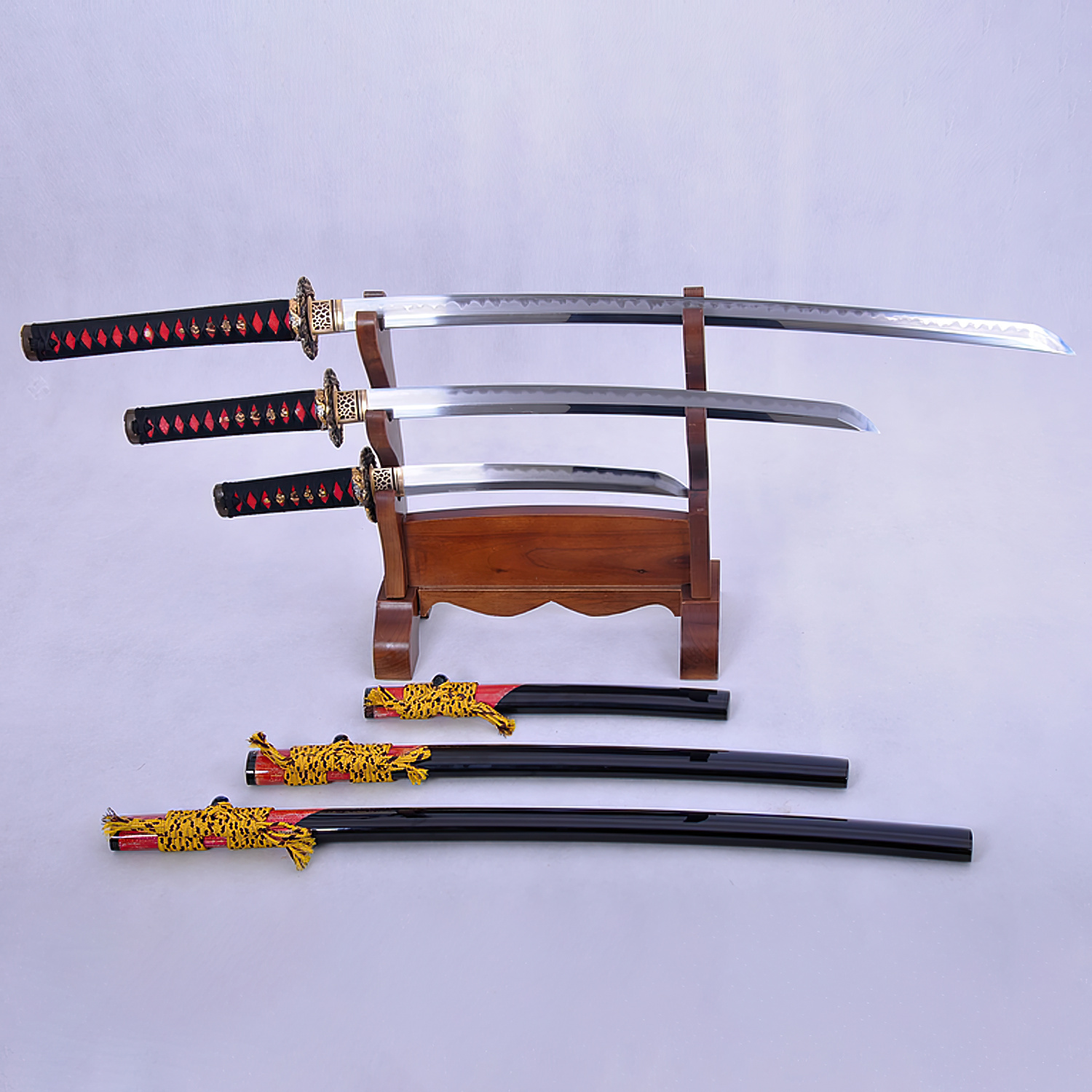
The most iconic Japanese sword is undoubtedly the katana, a longer sword that excels in open spaces and often touted as the best sword ever made. However, the samurai turn to the Japanese short sword or wakizashi for close combat.
- Design – single edged slightly curved blade for slashing
- Advantages – clay tempering process ensures great edge retention and a flexible core
- Uses – worn edge up, so drawing and attacking happens in a single motion
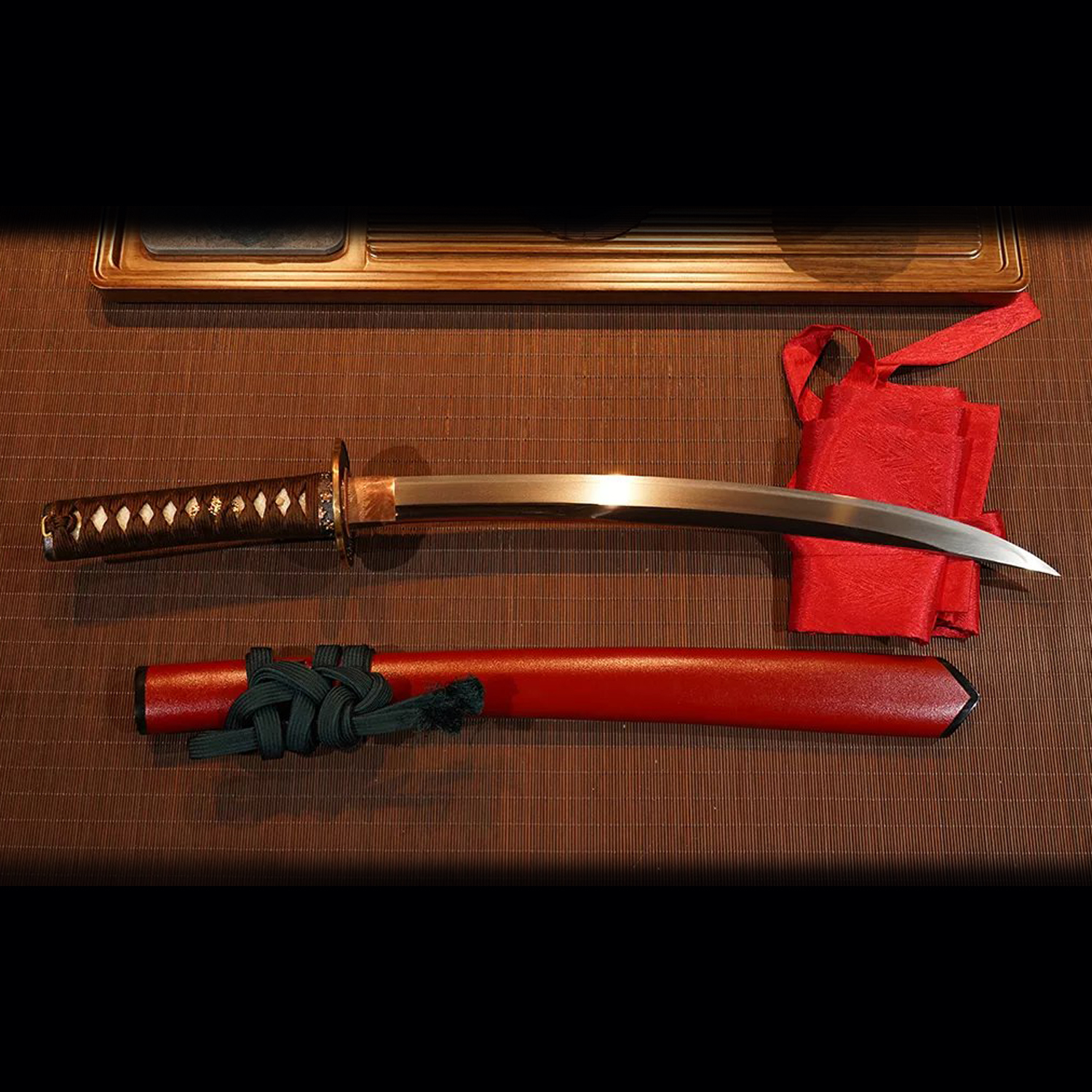
Revered by many for their high quality blade and craftsmanship, the wakizashi is a deadly sword that could end a duel quickly.
Like the traditional full tang katana, the wakizashi’s full tang blade adds to its durability and sturdiness as the metal of the blade runs all the way through the handle as a solid and continuous piece.
Due to its speed and precision, the wakizashi is one of the best, if not the best short sword for self-defense.
2. Roman Gladius
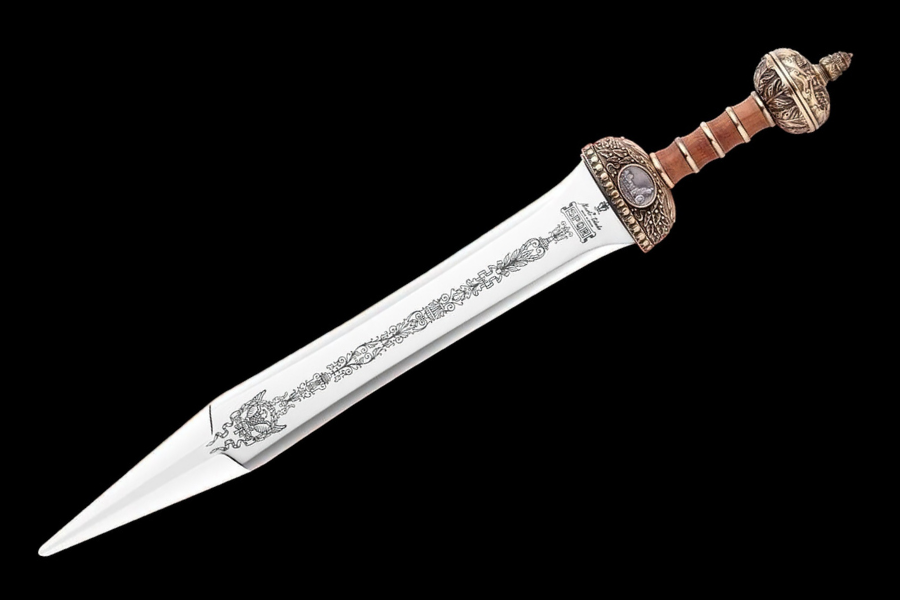
Despite being one of the earliest short sword designs, the Roman gladius is easily one of the most famous swords of all time due to its tactical importance on the battlefield. Known for their discipline and precision, the Roman soldiers were able to use the gladius effectively.
- Design – straight double edged blade for cut and thrusts attacks
- Advantages – highly versatile, excels in tight spaces or within formations
- Uses – Attack enemies from spaces between shields
Besides the gladius, Roman soldiers were equipped with other equipment such as the scutum, a large shield to provide maximum coverage. This allowed them to defeat various enemies and limit their own number of casualties.
Stab wounds by the gladius were almost always fatal especially if it struck the abdomen. A good example of the weapon’s versatility would be using the gladius to slash kneecaps or cut their enemies’ throats.
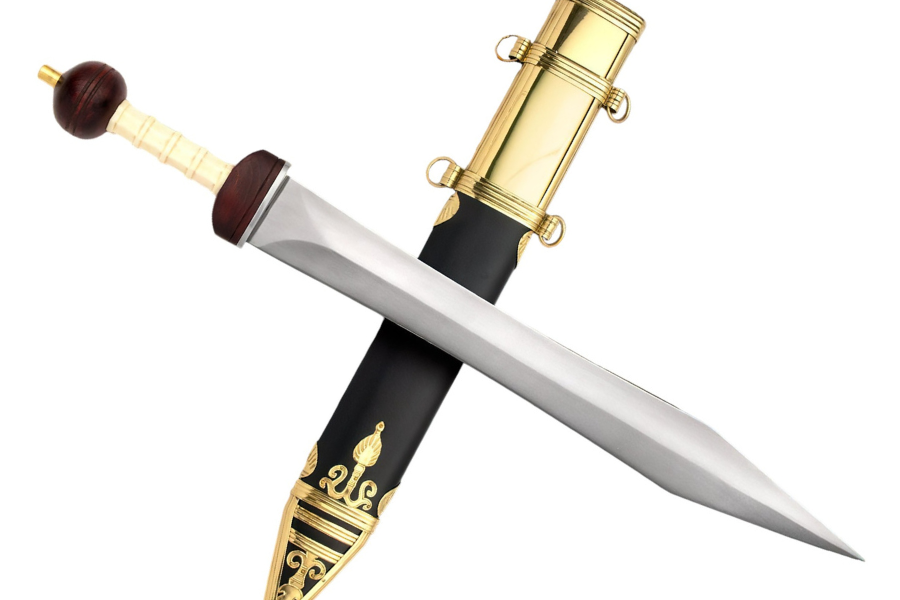
“When they had seen bodies chopped to pieces by the gladius Hispaniensis, arms torn away, shoulders and all, or heads separated from the bodies, with the necks completely severed, or vitals laid open, and other fearful wounds, realized in a general panic with what weapons and what men they had to fight” – Roman Historian Livy describing the war between the Romans and Macedonians in 200 BCE in the History of Rome
Although the preceding Greek Xiphos and Germanic seax had many basic features in common with the gladius, none were as efficient as this Roman short sword.
3. Renaissance Cinquedea
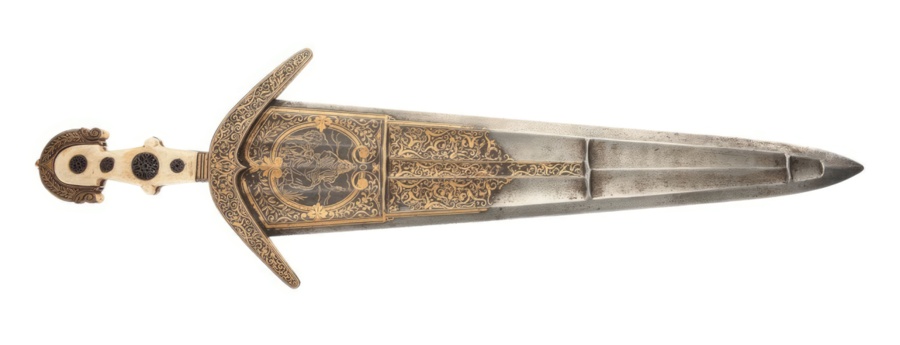
While the two previous short swords were very reliable weapons often linked with brave warriors in battle, the cinquedea was an edged weapon beloved by artists as its wide blade was a great canvas for artwork. This sword was also nick-named “the five-fingers” blade due to its very wide proportions.
- Design – tapering, broad, double-edged blade designed for cut and thrust attacks
- Advantages – heavy on impact, stylistic and extravagant
- Uses – daily civilian self-defense, artistic and ceremonial purposes to represent one’s status and wealth
This short sword appeared during the Renaissance – a time of Europe’s rebirth of ancient Roman and Greek ideas and art. Highly popular from the mid-15th to early 16th centuries, it was often carried by nobles, wealthy individuals, merchants, citizens, as well as artists throughout Italy, especially Milan.
While those made with diamonds or gold were purely for ceremonial purposes or works of art, others took the form of a functional short sword and were actually useful in self-defense.
4. Modern Short Swords
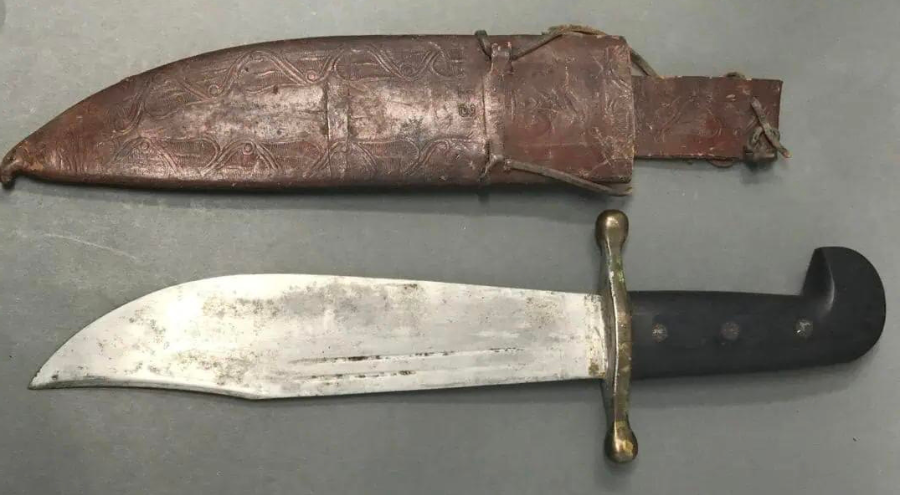
The modern equivalent of short swords would be combat or tactical knives that are often a staple of modern military arsenals. Like ancient short swords, they are designed to be versatile, effective, and portable while focusing on balance and durability.
Some martial arts enthusiasts or those interested in re-enactments also train with the Historical European Martial Arts (HEMA) society using various short swords such as the arming sword and rapier.
Kukri / Khukuri

The kukri is a shortsword that is both ancient and modern. Originating from the Indian subcontinent, this national weapon of Nepal is more than just a weapon. The kukri gained fame from its use in the Gurkha War, World War I, and World War II.
- Design – Quite straight to highly curved single edged blade with notch at the base for chopping and slashing
- Advantages – the notch prevents blood or sap from dripping onto the handle, highly effective with wedge effect resulting in deeper cuts, versatile
- Uses – Weapon, basic utility knife, bushcraft, survival, ceremonial purpose, cooking, woodworking
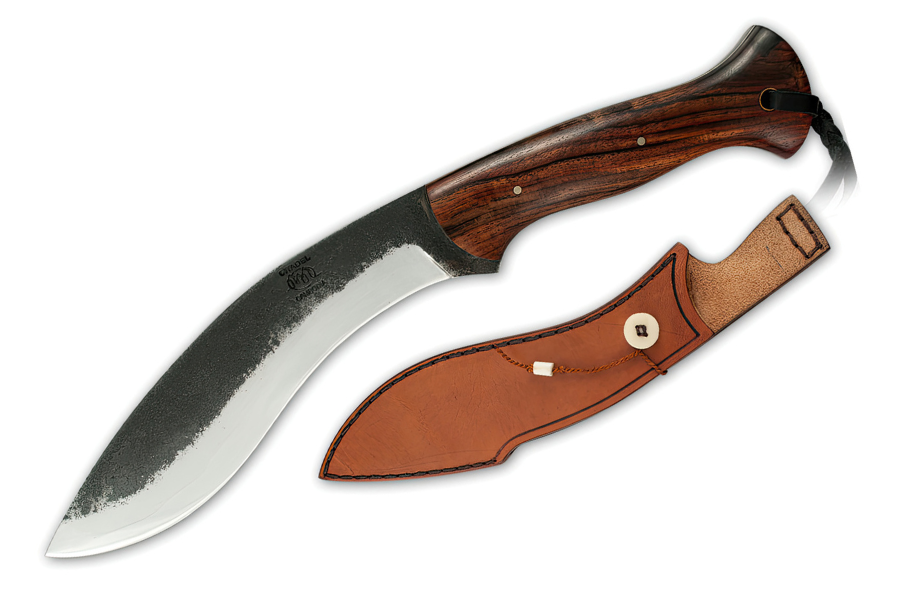
The narrower part of the kukri’s blade near the handle serves as a smaller knife while the wider end towards the tip can function as an ax or shovel. It is said that the kukri is destructive, with instances where it cuts through human and animal bones effortlessly.
A testament to the Nepalese warriors and the kukri they wield, King Charles III once said “In the world, there is only one secure place; that’s when you are between Gurkhas.”
Despite its earliest recorded use in the 7th century, it remains the weapon of the Nepali Army today. It is also in standard service with some units in the Indian Army, Brigade of Gurkhas in the British Army, and the Gurkha Contingent in the Singapore Police Force.
